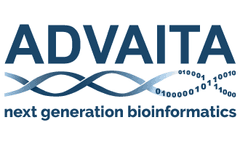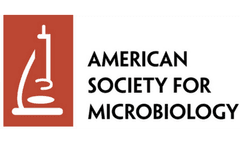Refine by
Molecular Imaging Articles & Analysis
11 articles found
Here are some future research directions in the field of CDH1: Mechanisms of CDH1 regulation: Understanding the molecular mechanisms that regulate CDH1 expression and function is essential for developing targeted therapies. ...
Chaumeil, an associate professor at UCSF and co-corresponding author of the new study, has been developing specialized neuroimaging methods based on a new technique called hyperpolarized carbon-13 that can reveal Levels of certain molecular products. Her team's imaging shows how the metabolism of the mouse brain changes when glycolysis is blocked in neurons. ...
The next generation of positron emission tomography (PET) imaging agents will herald an age when PET will eclipse single photon emission computed tomog- raphy (SPECT) as the “go to” modality for molecular imaging. ...
KCI has four NCI recognized interdisciplinary programs, i.e. the Molecular Therapeutics Program, the Population Studies and Disparities Research Prevention Program, the Molecular Imaging, and Tumor Biology and Microenvironment Diagnostics Programs. ...
Title: Intra-operative evaluation of a novel fluorescent c-Met tracer in penile and tongue cancer Objective: Evaluation of the feasibility of intraoperative visualization of penile and tongue tumours using the fluorescent tracer EMI-137. Status: Study Completed Results: See pubished material here and ...
Title: A randomised pilot intervention study for the esophageal lesion detection using c-Met targeted fluorsecence endoscopy. Objective: The primary objective of this randomized pilot intervention study is to determine the sensitivity of the fluorescent tracer EMI-137 in identifying (pre)malignant esophageal lesions during surveillance endoscopy. Status: Study completed Results: See published ...
Title: Detection of Thyroid Cancer and Central Lymph Node Metastases using c-Met Enhanced Optical Imaging Objective: The main objective of this phase I pilot study is to assess the feasibility of EMI-137 for the intraoperative detection of thyroid cancer and central lymph node metastases in PTC using optical fluorescent imaging Status: Study Completed Results: manuscript submitted for ...
Fluorescence in situ hybridization (FISH) is a technique that prepares acceptable results for molecular imaging biomarkers to precisely and dependably detect and diagnose disorders which are sign of cancers. ...
Endoscopic imaging is an invaluable diagnostic tool allowing minimally invasive access to tissues deep within the body. ...
Quantum dots have the potential to be used as contrast agents for molecular imaging in vivo, but there are many challenges in optimising such procedures, both in pre-clinical animal models and in the potential clinical applications. ...
Department of Neurology, Brigham and Women's Hospital, Harvard Medical School, Boston, Massachusetts, USA; Departments of Neurology and Radiology, Massachusetts General Hospital and Neuroscience Program, Harvard Medical School, Boston, Massachusetts, USA; Center for Molecular Imaging Research, Department of Radiology, Massachusetts General Hospital, Harvard ...









